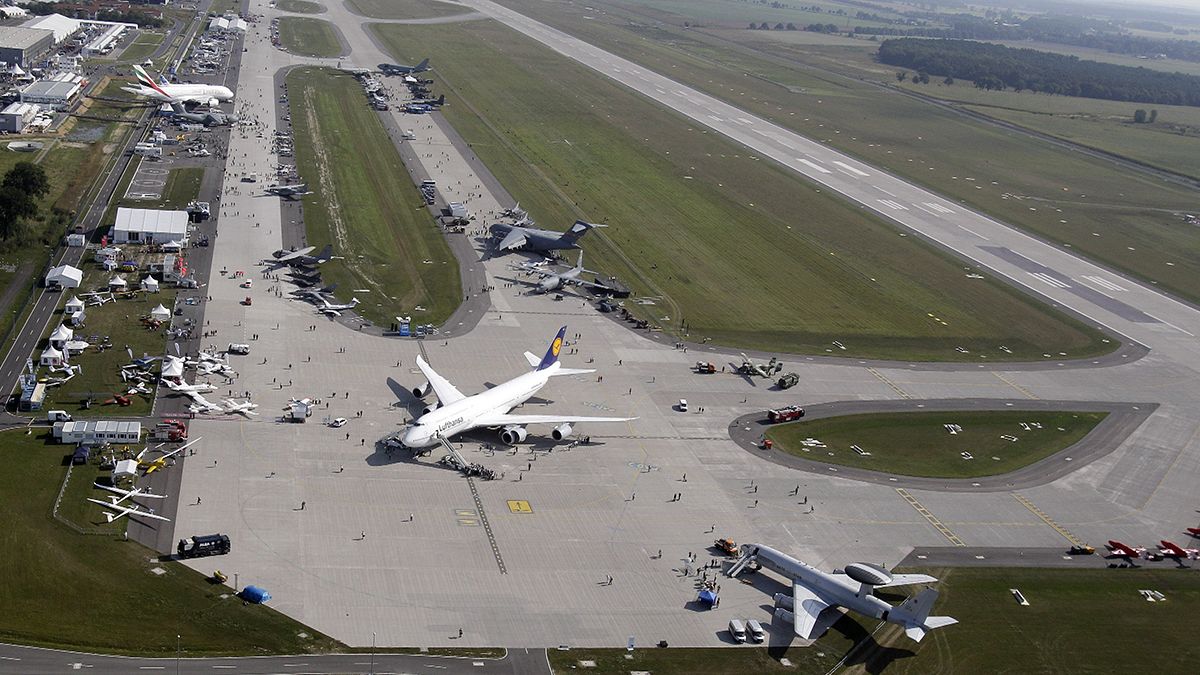They say it’s the safest way to travel. You could be forgiven for thinking otherwise following the shooting down of Malaysia Airlines’ MH17 over Ukraine, the disappearance of MH370, the Air Algerie crash in Mali and now the disapearance of AirAsia’s QZ8501.
But while plane crashes garner headlines worldwide, the fact remains that this year has seen the fewest such incidents recorded since the era of the Great Depression. According to the Bureau of Aircraft Accident Archives, there were 112 plane crashes this year. The last time there were this few crashes was in 1927.
The 112 plane crashes resulted in the deaths of 1,320 over the past 365 days – a figure that looks worse when you consider that there were 459 casualties in 2013.
But this needs to be taken in perspective. After the attacks on the Twin Towers in New York in September 2011, airline passengers in the USA fell by 20% with an almost equivalent rise in road traffic.
Almost 3,000 people were killed during the airline attacks and on the ground. But according to the book Risk Savvy: How to Make Decisions by Professor Gerd Gigerenzer, the attacks may have indirectly claimed another 1,500 lives: those who decided to shun air travel and instead took to the roads, which are statistically far more dangerous than flying.
Professor Gigerenzer claims a lack of understanding danger caused people to “jump from the frying pan to the fire”.
“We have an evolutionary tendency to fear situations in which many people die at one time. This is likely a hold-over from when we lived in small groups, where the death of a small part of the group could place the lives of everyone else in jeopardy.
“That’s no longer the case, but it is very difficult to elicit the same fear for the same number of deaths spaced over a year.”
Last year there were more than 30,000,000 aircraft departures. And according to the Swiss-based Bureau of Aircraft Accidents, as of September 2014 the average rate of crashes was 2.1 per one million flights. So, in effect, you have a one-in-15,000,000 chance of being involved in a plane crash. Or, to put it another way, as much chance as winning the Euromillions lottery.
So how does airline travel compare to driving a car? According to the World Health Organisation there were 1.24 million road deaths in 2010. China alone recorded 275,000 fatalities that year. The United States had 35,000 deaths, Brazil 44,000, France 4,000 and the UK 2,200 casualties.
Statistically, motorcycle travel is one of the most dangerous. From 2010 to 2014 there were 4,534 casualties in airline crashes. In 2011 there were 4,612 fatalities in the USA alone on motorbikes.
Train travel is one of the safest, in comparison. Last year there were 172 recorded deaths worldwide. The majority came from the Santiago de Compostable crash in Spain, which claimed a total of 78 lives.
So before your fear of flying deters you from taking an aeroplane, reflect on the fact that more people die in the US annually from choking (more than 4,000) than in airline crashes.
